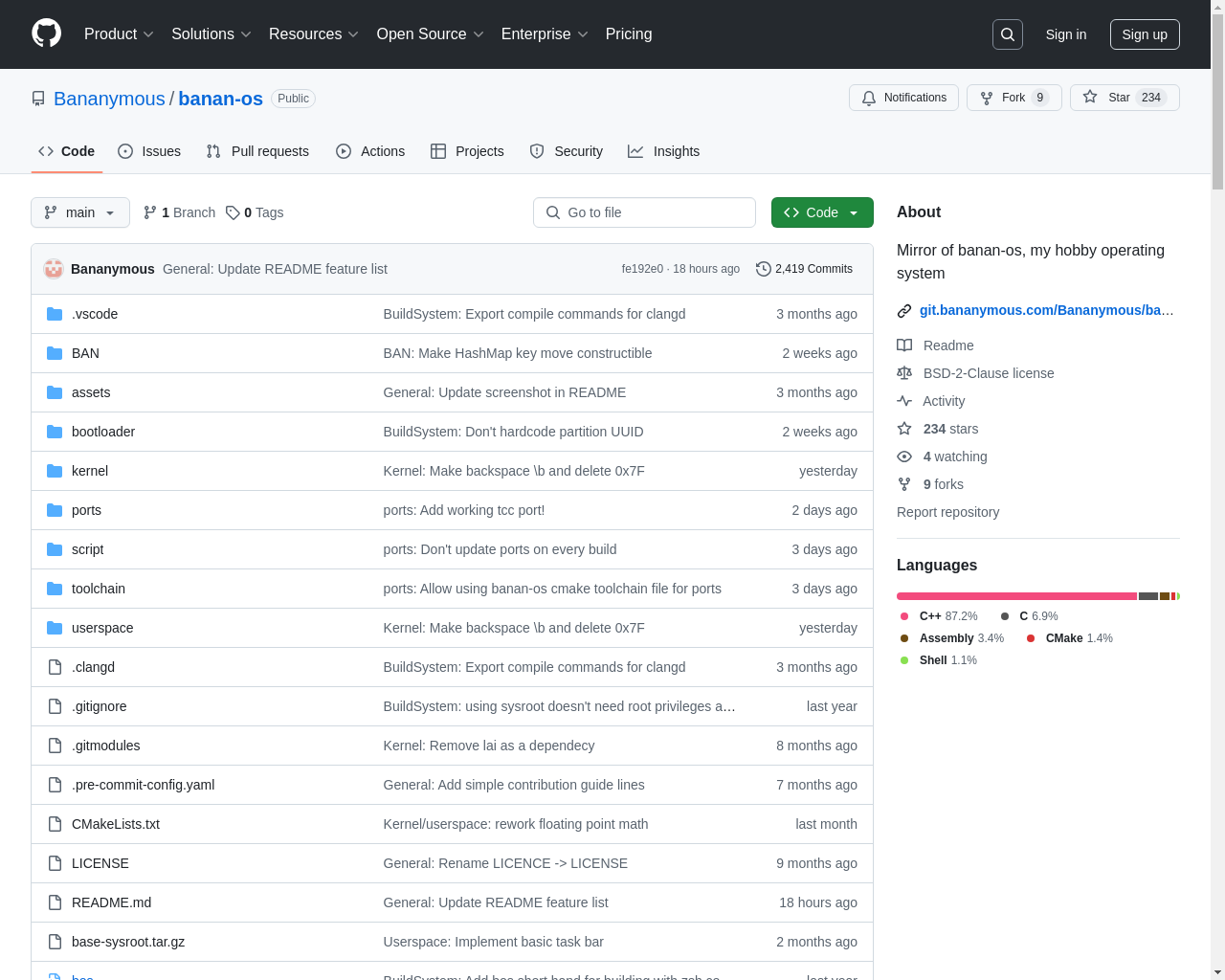

Highlight 1
Comprehensive feature set including USB support and a custom networking stack, enhancing hardware compatibility.
Highlight 2
Monolithic kernel architecture allows for efficient performance and easier debugging.
Highlight 3
The inclusion of basic UNIX utilities ensures a familiar environment for users stepping into an independent OS.

Improvement 1
Expanding the GUI capabilities and user interface responsiveness to create a more engaging user experience.
Improvement 2
Improving documentation and tutorials to make it easier for new users to navigate and utilize the operating system effectively.
Improvement 3
Increasing hardware compatibility by incorporating support for more drivers and devices, enhancing usability on various platforms.
Product Functionality
Consider adding more advanced user capabilities, such as a package manager for easier software installation and updates.
UI & UX
Enhance the graphical user interface with more modern design elements and user-friendly navigation to improve overall user experience.
SEO or Marketing
Implement a dedicated marketing strategy by creating informative content about the operating system’s features and potential use cases to attract more users.
MultiLanguage Support
Introduce multi-language support to cater to a broader audience, including translation of the OS interface and documentation.
- 1
What types of hardware are compatible with Banan-OS?
Banan-OS has been tested primarily on virtual machines but is also compatible with real hardware, particularly supporting x86 (i686) and x86_64 architectures.
- 2
Can I use Banan-OS for everyday computing?
While Banan-OS includes basic utilities and functionalities, it is still in development and may not be fully suited for everyday computing yet.
- 3
How can I contribute to the development of Banan-OS?
You can contribute by participating in discussions on GitHub, providing feedback on issues, and potentially submitting code enhancements or bug fixes.
